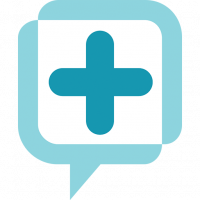Flannel shirts, plaid scarves, tall boots, and pumpkin spice lattes aren’t the only things making their annual return. Fall is almost here and so is Breast Cancer Awareness Month, but that doesn’t mean healthcare systems are relegated to the same-old “Think Pink” promotions of years past. Now is the time to consider marketing to the average woman coming in for first-time mammograms.
- Is she new to her 40s or has she pushed off the appointment for years?
- Does she work away from home and need evening or weekend appointment options?
- Does she care more about a spa-like experience or prefer the promise of a quick, on-time appointment?
- Is her preferred location closer to work or home?
The better you understand the priorities of your audience the clearer your course of action becomes.
As campaigns are developed, it is important to create a strong landing page with multiple calls-to-action. Though it may seem counterintuitive and confusing, giving women a choice of which action to take is a powerful tactic. Videos outlining a typical mammogram procedure, provider profiles and appointment scheduling are good starts, but adding a digital engagement tool like a Breast Cancer Risk assessment can make conversion even greater.
For instance, adding a health risk assessment (HRA) is a solid way to engage women and provide a meaningful outcome and next steps. The Medicom Health Breast Cancer risk assessment has five different categories that a woman could fall into, making follow-up messaging and nurturing highly personalized. Placing an HRA on landing pages allows for consumers to better understand their risk, provides education about risk factors, specifies appropriate “next steps” and delivers a shareable resource that she may pass along to coworkers, friends or family members.
Remember to add proper SEO to landing pages so that Google can direct users to your site and connect the results back to your CRM to track downstream ROI.















 Thank you for your interest.
Thank you for your interest.